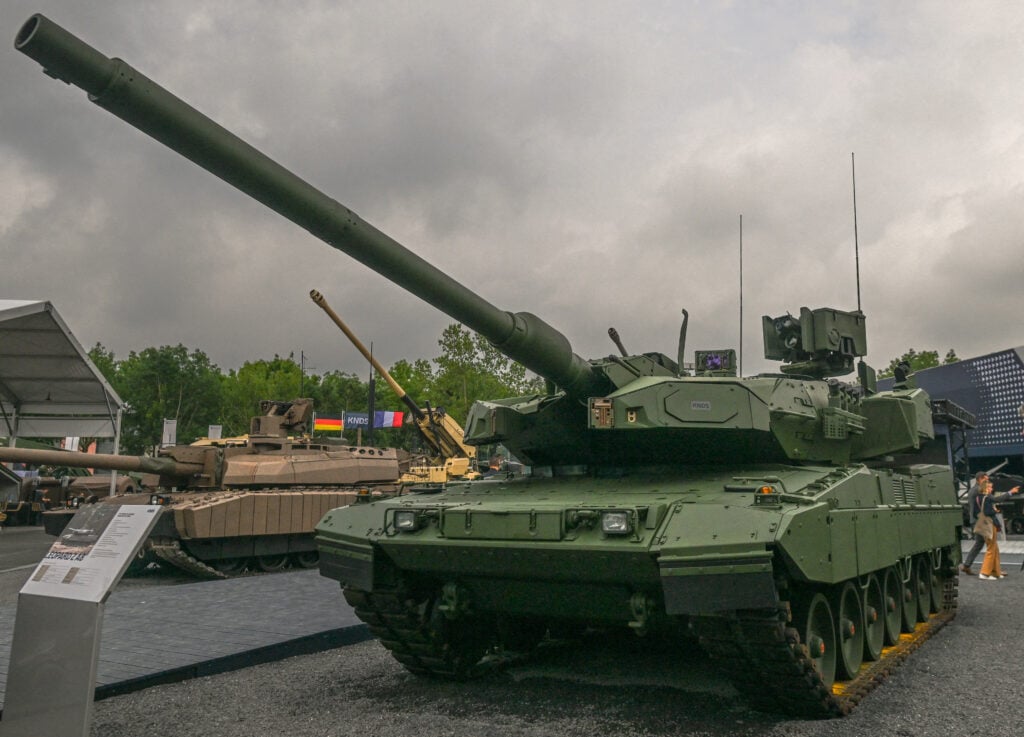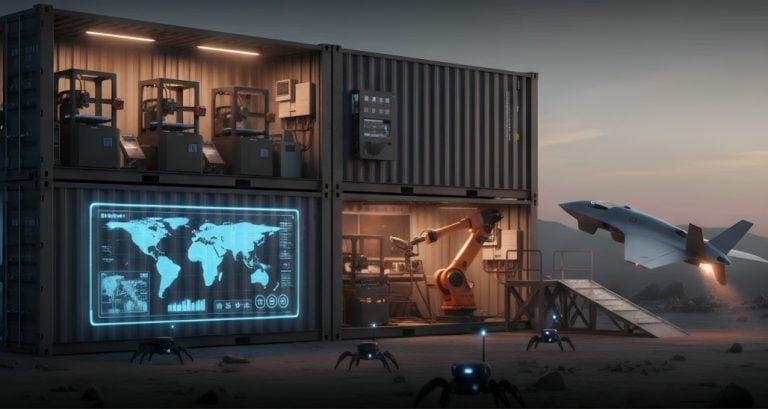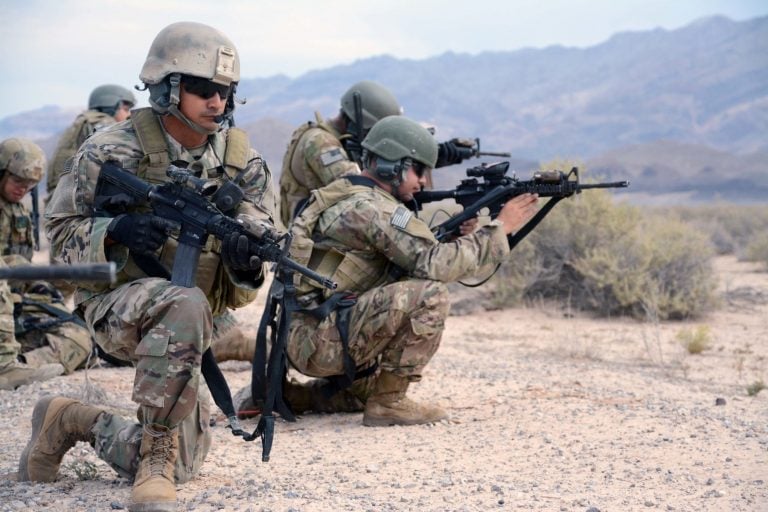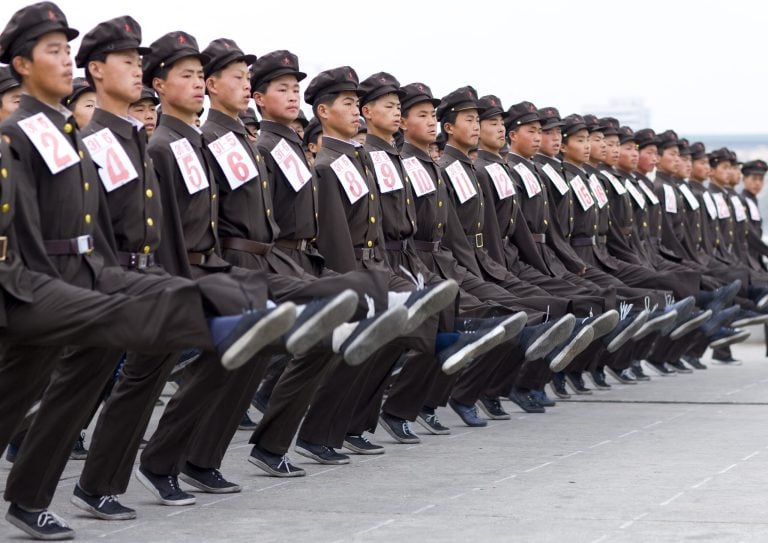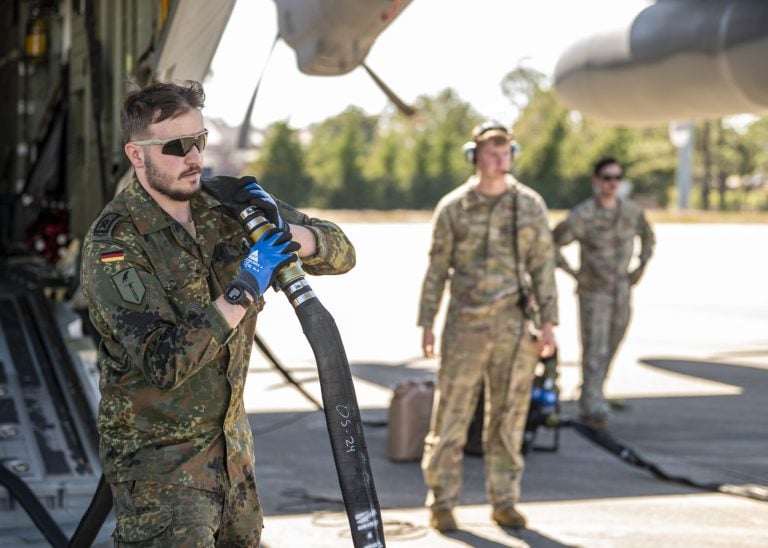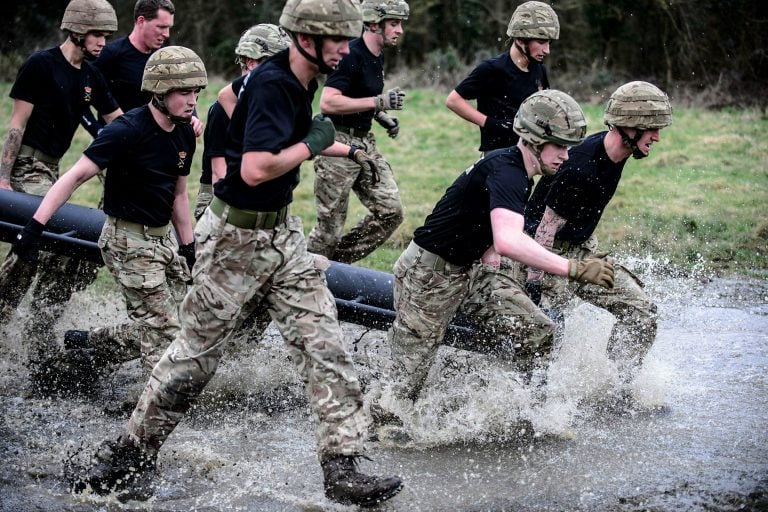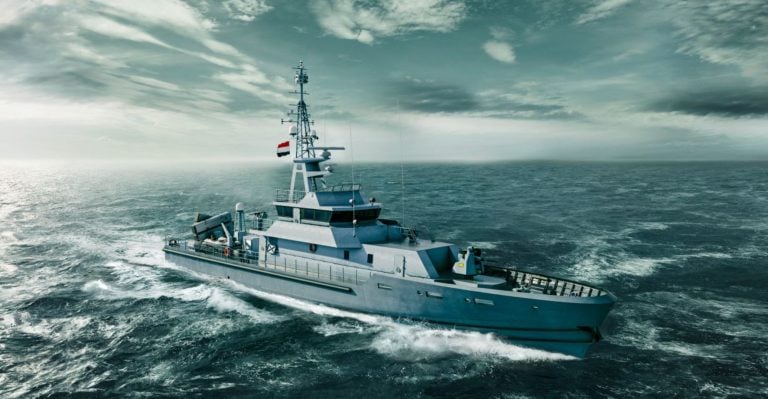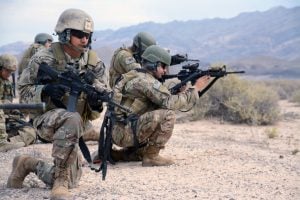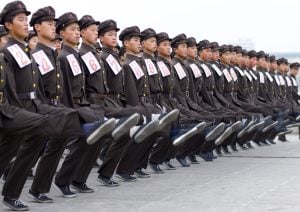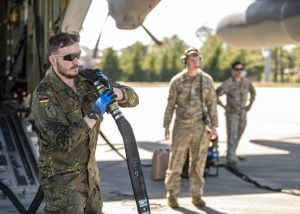The Netherlands is revitalizing its armored capabilities as it grapples with escalating regional security concerns, marking a significant shift in its defense strategy since the phase-out of all Leopard 2A6 main battle tanks in 2011. State Secretary Gijs Tuinman has formalized an agreement to procure at least 46 Leopard 2A8 tanks, along with associated military vehicle support and four Leopard 2A8 driver training vehicles from KNDS, a German-French defense partnership.
The procurement contract includes an option for an additional six tanks slated for 2027, with deliveries expected to take place between 2028 and 2031. This initiative not only aims to bolster the Netherlands’ defense capabilities but also plays a crucial role in Amsterdam’s commitment to meeting NATO’s guideline of allocating at least two percent of its GDP to defense expenditures.
The Dutch armed forces had entirely dismantled their main battle tank battalion from 2011 to 2014, primarily as a cost-saving strategy, and resorted to leasing 18 Leopard 2A6 tanks from Germany in 2015 to preserve operational knowledge and maintain crew training. However, this interim solution curtailed the Dutch military’s flexibility in deployment, particularly as it could not transfer the German-owned tanks to allies amidst urgent security needs.
The onset of the Russia-Ukraine conflict in 2022 underscored the limitations of this arrangement, emphasizing the necessity for a more robust defensive posture on the battlefield. In response, the Dutch government announced plans in September 2024 to reinstate its tank fleet, leading to a defense procurement spree with a budget ranging from 1 to 2.5 billion euros (approximately $1 billion to $2.7 billion) specifically for the Leopard 2A8 tanks.
The Leopard 2A8 model brings a host of advanced features compared to its predecessor, the 2A6. It is outfitted with an upgraded main gun, sophisticated sensors, enhanced drive systems, and the Trophy active protection system, significantly improving its combat effectiveness.
Upon delivery, a battalion comprising 500 soldiers will be stationed at the Lohheide military training grounds in Germany. This location will facilitate joint training exercises with German forces, thus enhancing interoperability within NATO and preparing the Dutch military to respond effectively to emerging threats.
